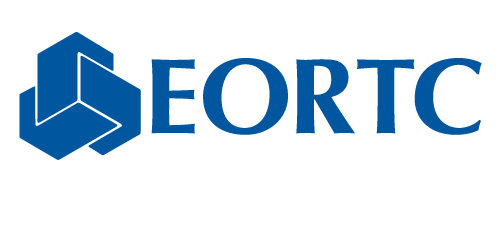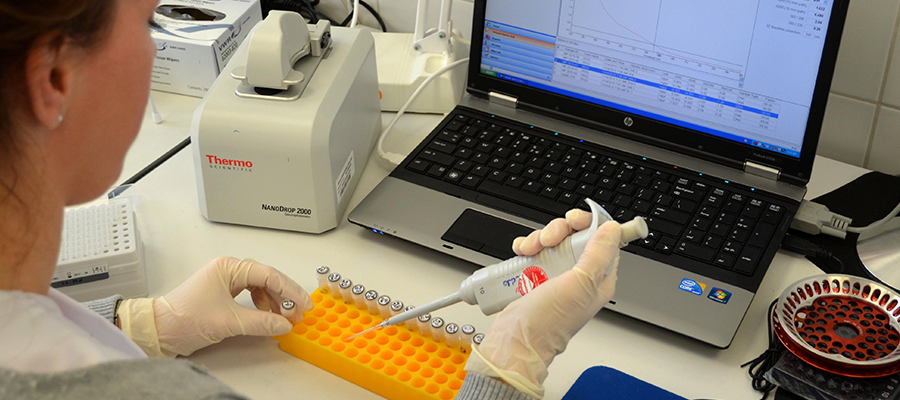SPECTAcolor viable next generation multinational cancer clinical trial infrastructure
14 Jan 2015
Over 500 patients in and availability of high quality biological materials
SPECTAcolor’s successful start has demonstrated its viability to facilitate next generation cancer clinical trials. It has been successfully implemented across 21 clinical centers located in nine countries in Europe, has now recruited over 500 patients since its launch in September 2013, and the observed frequency of mutations is similar to that observed in previous colorectal cancer clinical trials. In addition, pathological review and core analyses of tumor blocks shipped to the central biobank at Dresden University Hospital for central quality deemed over 98% of the samples were adequate. This successful implementation is evidence that a logistically complex infrastructure to run next generation trials in a multinational setting is feasible.
These results were presented by SPECTAcolor coordinator Dr. Gunnar Folprecht of the Dresden University Hospital at the 2015 Gastrointestinal Cancers Symposium held 15-17 January 2015 in San Francisco.
Treatments for patients with cancer are becoming more and more tailored to the molecular characteristics of the particular patient and disease. Consequently, molecularly characterizing a patient’s disease is now a prerequisite for them to access the appropriate clinical trial for their particular cancer. Assessing their tumor, however, is more easily said than done, because the required testing is beyond the scope of most hospitals. Cancer is too diverse, so the EORTC built a collaborative molecular screening platform, SPECTAcolor, which provides the necessary infrastructure to screen adult patients with advanced stage colorectal cancer for mutations in colorectal cancer biomarkers.
A preliminary analysis of biological materials from 293 patients for five baseline cancer biomarkers showed:
- KRAS was wild type for exon 2, 3 and 4 in 151 patients and mutated in 133 patients (114 patients in exon 2, 8 patients in exon 3, and 11 patients in exon 4);
- NRAS was tested in KRAS wild type patients only and mutations were found in 14 patients (6 patients in exon 2 and 8 patients in exon 3);
- BRAF mutations, all in exon 15, were found in 18 patients;
- PI3K mutations occurred in 41 patients (13 in exon 20 and 28 in exon 9);
- IHC staining was showing deficient mismatch repair in 16 patients.
Tumor samples are also being analyzed by Next Generation Sequencing for 360 key cancer genes in cooperation with the Sanger Institute (Cambridge, UK).
SPECTAcolor provides an excellent opportunity for molecular oriented clinical trials in Europe based on innovative and high quality partnership models with pharmaceutical industry and is supported by a unique partnership between the EORTC Charitable Trust and the Corporate Social Responsibility Program of Alliance Boots.
John Bean, PhD
EORTC, Medical Science Writer
Related News
Meet the new EORTC Board
9 Jul 2024
We are pleased to announce the release of the EORTC 2023 Annual Report
17 Jun 2024
Dr Denis Lacombe, EORTC CEO, appointed stakeholder co-chair of ACT EU advisory group
24 May 2024
Clinical Trials Day 2024: a Q&A on pragmatic clinical trials
20 May 2024
EORTC/EMA workshop suggests an international way forward for treatment optimisation studies
8 May 2024
EORTC’s Participation at the ESTRO Congress 2024
29 Apr 2024
EORTC: Advancing research and treatment for rare cancers
29 Feb 2024
EORTC Fellowship Programme: celebrating more than 20 years of impactful collaboration
22 Feb 2024
Appointment of Malte Peters as EORTC Strategic Alliance Officer
9 Feb 2024
Unique series of workshops in partnership with the European Medicines Agency (EMA)
7 Feb 2024


